Next Gen Applications are revolutionizing customer experience, providing businesses with powerful tools to deliver exceptional interactions and enhance satisfaction. In today’s digital era, customer experience is a critical differentiator, making the adoption of these applications essential.
73% of consumers prioritize a good experience for brand loyalty, while 86% are willing to pay more for an exceptional customer experience.
Next Gen Applications leverage advanced technologies like AI, ML, IoT, and data analytics to create personalized and seamless experiences. By analyzing customer data, businesses can anticipate preferences and tailor their offerings. For example, ML-powered recommendation engines suggest products based on browsing and purchase history, leading to higher satisfaction and sales.
Real-world case studies, like Starbucks, demonstrate the transformative power of Next Gen Applications. By integrating AI into their mobile app, Starbucks introduced features like mobile ordering and personalized recommendations, resulting in a 20% increase in mobile orders and enhanced customer engagement.
This comprehensive blog explores the concept of next-gen applications, their historical context, the need for their development, and their importance in driving innovation.
What Are Next-Generation Applications?
Next-Generation Applications, also known as Next Gen Applications, are a new breed of software solutions that leverage advanced technologies to drive innovation, efficiency, and enhanced customer experiences.
These applications are designed to address the evolving needs of businesses in the digital age, where technology is rapidly changing and customer expectations are higher than ever before.
According to Gartner, global spending on AI is projected to reach $79.2 billion in 2022, indicating the significant investment and interest in AI-driven solutions. These technologies enable Next Gen Applications to process vast amounts of data, automate tasks, and provide intelligent insights.
Next-Generation Applications leverage advanced technologies, data analytics, and automation to drive innovation, enhance customer experiences, and improve operational efficiency.
History of Next-Generation Applications
The history of Next-Generation Applications is marked by key milestones in technology and changing business needs. Here is a concise overview of the significant developments:
- Internet and Web Applications: The rise of the internet in the 1990s led to web-based applications delivered through browsers, laying the groundwork for cloud computing and Software-as-a-Service (SaaS).
- Mobile Revolution and App Stores: The advent of smartphones and app stores transformed how businesses engage with customers, offering personalized experiences through mobile applications.
- Big Data and Analytics: The exponential growth of data gave rise to Next-Generation Applications that harness big data analytics and machine learning algorithms to derive insights, make data-driven decisions, and personalize experiences.
- Advancements in AI and ML: Artificial intelligence and machine learning technologies became integral to Next-Generation Applications, automating tasks, providing intelligent insights, and enabling personalized recommendations.
- Internet of Things (IoT) and Connected Devices: The proliferation of IoT and connected devices opened new opportunities, allowing applications to interact with and control a wide range of devices, enabling remote monitoring and predictive maintenance.
- Blockchain and Distributed Applications: Blockchain technology introduced decentralized and secure applications, known as distributed applications (DApps), offering transparent platforms for various use cases like supply chain management and smart contracts.
The Need for Next-Generation Applications
Next-Generation Applications have become essential in meeting the evolving demands of businesses and customers in the digital age. Let’s explore the key factors driving the need for these transformative applications, backed by relevant statistics.
- Evolving Customer Expectations: Customers today have high expectations when it comes to their interactions with businesses. According to a survey by Salesforce, 84% of customers say that the experience a company provides is as important as its products and services.
This highlights the need for Next-Generation Applications to deliver seamless, personalized, and engaging customer experiences.
- Increasing Data Volumes and Complexity: The volume of data generated by businesses is growing exponentially. By 2025, it is estimated that global data creation will reach 463 exabytes per day (Statista).
“Data is the new currency, and Next-Generation Applications are the key to unlocking its value. By harnessing advanced analytics and intelligent applications, businesses can gain actionable insights and make informed decisions.”
– Sundar Pichai, CEO of Alphabet Inc. (Google).
Managing and making sense of this vast amount of data requires advanced analytics and intelligent applications that can extract valuable insights and drive data-driven decision-making.
- Demand for Automation and Efficiency: In a highly competitive business landscape, organizations are seeking ways to streamline operations and improve efficiency. Automation plays a crucial role in achieving these objectives.
Research by McKinsey suggests that automation technologies, including Next-Generation Applications, could potentially automate up to 45% of current work activities. This automation not only reduces manual efforts but also improves accuracy and frees up resources for more strategic tasks.
- Personalization and Targeted Marketing: Personalized experiences have become a key driver of customer satisfaction and loyalty. According to a study by Accenture, 91% of consumers are more likely to shop with brands that provide relevant offers and recommendations.
“Personalization has become a non-negotiable requirement for businesses. Next-Generation Applications leverage AI and machine learning to deliver tailored experiences that drive customer satisfaction and loyalty.”
– Ginni Rometty, former CEO of IBM.
Next-Generation Applications leverage advanced technologies like AI and machine learning to analyze customer data and deliver personalized recommendations, increasing customer engagement and conversions.
- Agility and Adaptability to Changing Business Needs: Businesses operate in dynamic environments, and the ability to adapt quickly to changing needs is crucial for staying competitive. Next-Generation Applications offer the flexibility and scalability required to accommodate shifting demands.
Cloud-based solutions, in particular, provide the agility to scale resources and services on-demand, ensuring businesses can meet changing customer expectations.
- Enhanced Security and Data Privacy: With the increasing frequency and sophistication of cyber threats, businesses are prioritizing security and data privacy. Next-Generation Applications incorporate robust security measures, including encryption, access controls, and authentication protocols, to safeguard sensitive data and protect against breaches.
Trends in Next-Generation Applications
Next-Generation Applications continue to evolve as technology advances and business needs shift. Let’s explore some of the current trends shaping the landscape of these transformative applications.
- Artificial Intelligence (AI) and Machine Learning (ML): AI and ML technologies are driving significant advancements in Next-Generation Applications. These applications leverage AI algorithms to automate tasks, provide personalized recommendations, and extract valuable insights from vast amounts of data.
ML algorithms enable applications to learn and improve over time, enhancing their capabilities and delivering more accurate results.
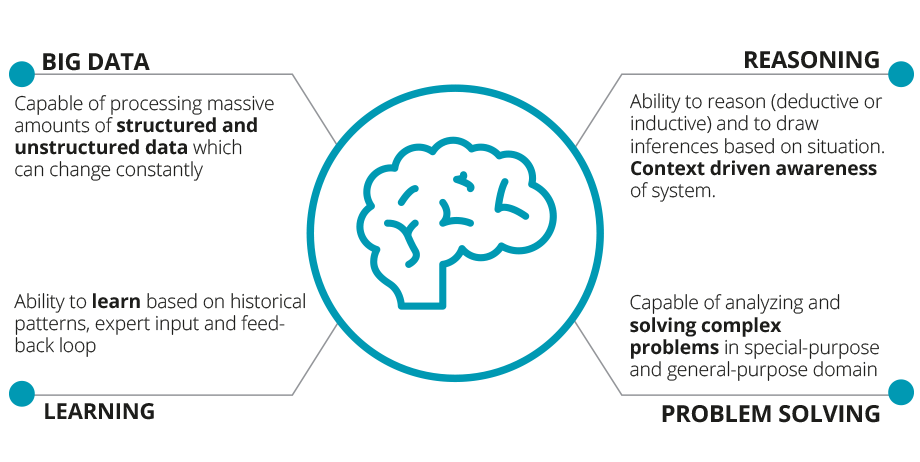
- Internet of Things (IoT) Integration: The integration of Next-Generation Applications with IoT devices is gaining momentum. IoT-connected sensors, devices, and machines generate massive amounts of data, which can be harnessed by Next-Generation Applications for real-time monitoring, predictive maintenance, and improved decision-making. This integration enables businesses to unlock new opportunities and enhance operational efficiency.
- Edge Computing: Edge computing is becoming increasingly important in Next-Generation Applications.
By processing data closer to the source, at the edge of the network, these applications can reduce latency, improve response times, and handle data-intensive tasks efficiently. Edge computing also addresses privacy concerns by keeping sensitive data localized and reducing the need for transmitting data to centralized servers. - Cloud-native Architecture: Next-Generation Applications are embracing cloud-native architecture, leveraging the scalability and flexibility offered by cloud computing platforms.
Cloud-native applications are designed and built specifically for the cloud environment, enabling rapid deployment, horizontal scalability, and efficient resource utilization. This architecture also supports microservices and containerization, facilitating agility and enabling continuous integration and deployment (CI/CD) practices. - Enhanced Security and Privacy Measures: Security and privacy are paramount in Next-Generation Applications. With the increasing frequency and sophistication of cyber threats, these applications are incorporating robust security measures, such as encryption, access controls, and multi-factor authentication.
Privacy regulations like GDPR and CCPA are driving the implementation of privacy-by-design principles, ensuring that user data is protected and handled responsibly.
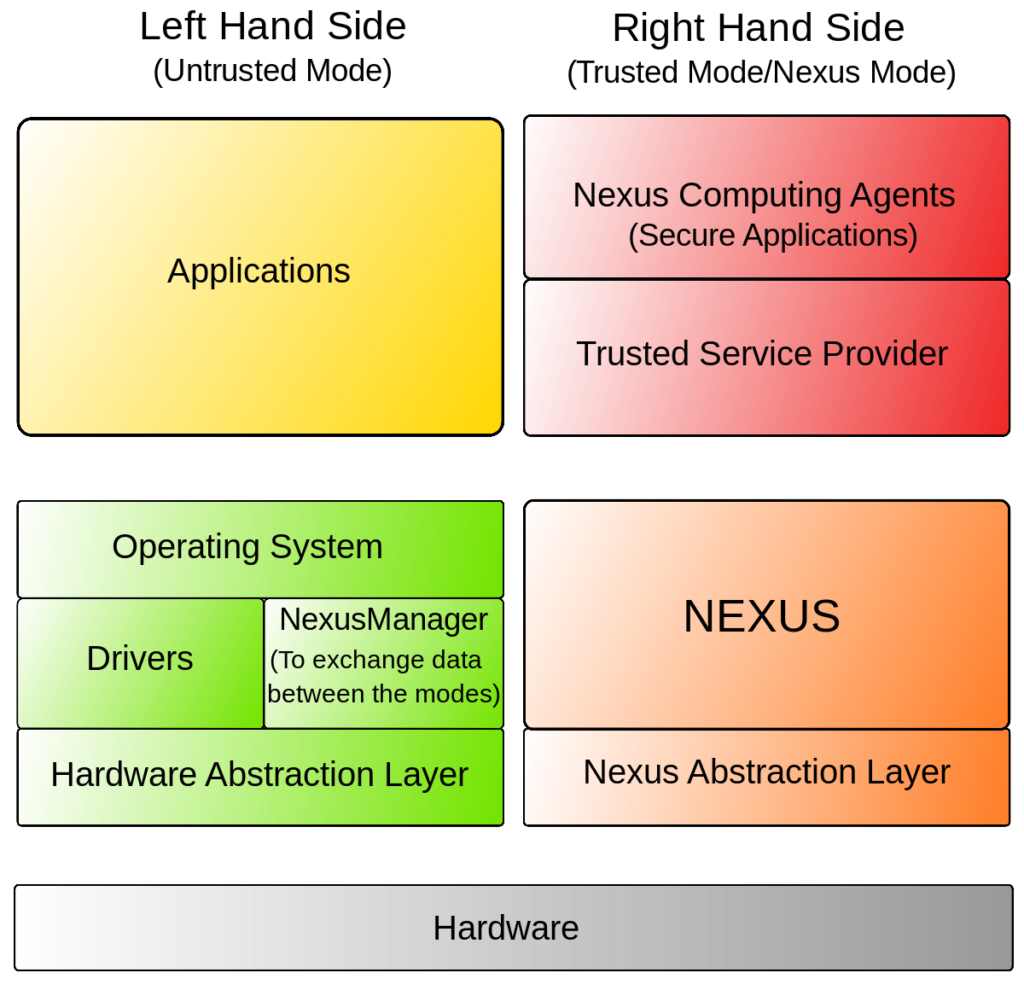
- Low-Code and No-Code Development: The rise of low-code and no-code development platforms is empowering businesses to build Next-Generation Applications without extensive coding expertise.
These platforms offer visual interfaces and pre-built components that accelerate application development and allow citizen developers to contribute to the creation of innovative applications. This trend promotes rapid prototyping, faster time-to-market, and greater collaboration between business and IT teams
Approaches to Building Next-Generation Applications
When it comes to building Next-Generation Applications, businesses have various approaches at their disposal. Let’s explore some of the key approaches that enable organizations to develop and deploy these transformative applications, along with examples illustrating each approach.
- Agile Development: Agile development methodologies have gained popularity in building Next-Generation Applications.
For example, Spotify, a popular music streaming platform, adopted agile practices to continuously enhance its application. Spotify’s development teams work in small, cross-functional squads, following Agile principles of iterative development and regular feedback to deliver new features and improvements rapidly.
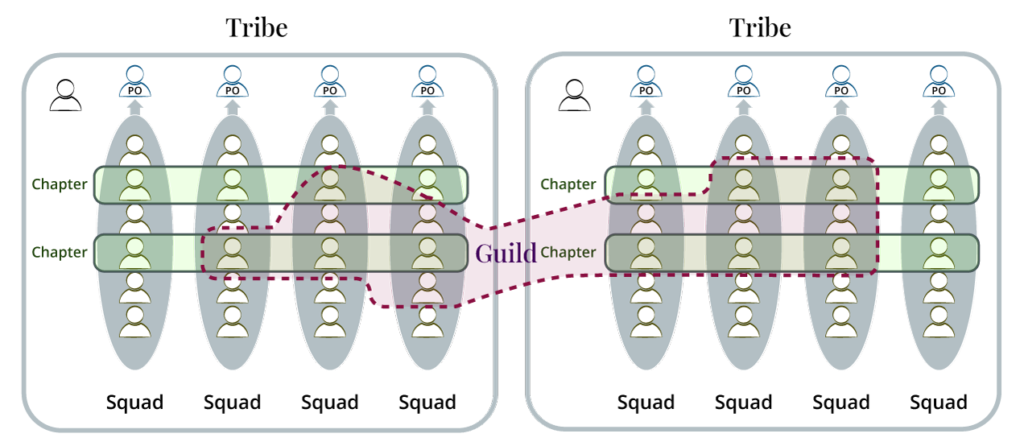
- DevOps Practices: DevOps practices play a crucial role in building and deploying Next-Generation Applications. Netflix, a leading streaming service, is known for its robust DevOps culture.
Netflix’s engineers collaborate closely with operations teams to automate deployments, continuously monitor performance, and ensure seamless customer experiences. This DevOps approach enables Netflix to deliver frequent updates and maintain high availability.
- Microservices Architecture: Microservices architecture is prevalent in building Next-Generation Applications. Amazon, with its e-commerce platform, is a prime example of leveraging microservices.
Amazon breaks down its application into numerous microservices, such as product catalog, recommendation engine, and payment processing. This approach enables independent development, deployment, and scaling of each service, resulting in enhanced flexibility and resilience.
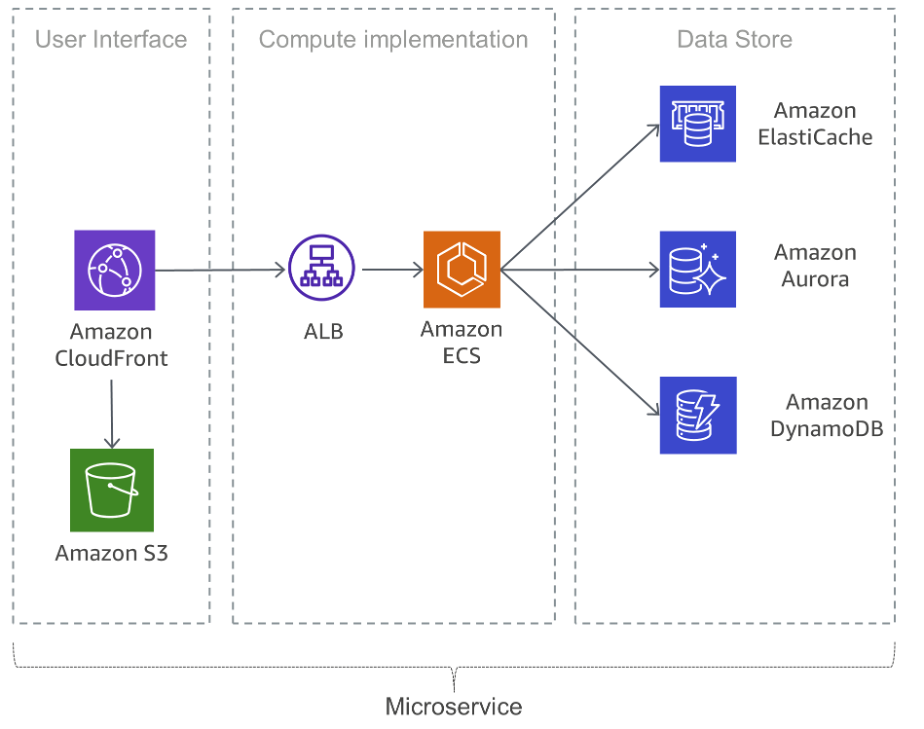
- Cloud Computing: Cloud computing is a foundational component for building Next-Generation Applications. Salesforce, a leading customer relationship management (CRM) platform, relies on cloud computing to deliver its services.
By leveraging the power of the cloud, Salesforce provides scalable infrastructure, enabling businesses to access and customize their CRM applications without the need for extensive on-premises infrastructure. - API-First Approach: An API-first approach is vital for building Next-Generation Applications that seamlessly integrate with other systems and services.
Stripe, a popular online payment platform, adopts this approach by providing robust APIs that enable businesses to integrate payment processing into their own applications. Stripe’s APIs empower developers to build customized payment experiences while leveraging Stripe’s secure and reliable infrastructure. - Continuous Innovation and Learning: Building Next-Generation Applications requires a culture of continuous innovation and learning. Google, with its suite of applications and services, exemplifies this approach.
Google encourages employees to dedicate a portion of their work time to innovative projects, resulting in products like Gmail and Google Maps. By fostering a culture of innovation, Google continuously improves and expands its Next-Generation Applications portfolio.
How Can Enterprises Pilot the New Normal with Next-Gen Applications
In the face of the “new normal” brought about by rapidly evolving business landscapes, Next-Gen Applications offer enterprises the opportunity to adapt, innovate, and thrive. Let’s explore how organizations can leverage these transformative applications to navigate the challenges of the new normal.
- Embrace Digital Transformation: Next-Gen Applications are at the forefront of digital transformation initiatives. By adopting these applications, enterprises can streamline operations, enhance customer experiences, and optimize processes.
According to a survey by Gartner, 66% of organizations view digital transformation as a strategic priority.
Organizations should assess their existing systems, identify areas for improvement, and leverage Next-Gen Applications to enable a seamless transition to digital-first strategies. - Enhance Remote Collaboration and Communication: The new normal has accelerated the shift towards remote work and virtual collaboration. Next-Gen Applications can facilitate effective communication and collaboration among remote teams.
Video conferencing platforms, project management tools, and cloud-based document collaboration applications enable real-time interaction and seamless information sharing, fostering productivity and teamwork.
- Leverage Data for Informed Decision-Making: Next-Gen Applications provide powerful data analytics capabilities, enabling enterprises to derive valuable insights for informed decision-making.
By leveraging advanced analytics, AI, and ML algorithms, organizations can gain deeper customer insights, optimize processes, and identify new business opportunities. Data-driven decision-making becomes a critical enabler of success in the new normal. - Enhance Customer Experiences: Customer expectations have evolved, with greater emphasis on personalized experiences and convenience. Next-Gen Applications enable enterprises to deliver tailored, seamless experiences across multiple channels.
In a survey by Salesforce, 84% of customers say that the experience a company provides is as important as its products and services.
By leveraging customer data, AI-driven recommendation engines, and personalized engagement tools, organizations can enhance customer satisfaction, loyalty, and retention in the new normal. - Automate and Optimize Processes: Efficiency and agility are key to surviving and thriving in the new normal. Next-Gen Applications facilitate process automation and optimization, reducing manual efforts, minimizing errors, and improving operational efficiency.
Robotic Process Automation (RPA), workflow automation, and AI-powered chatbots are examples of Next-Gen Applications that can drive operational excellence and enable organizations to adapt quickly to changing circumstances.
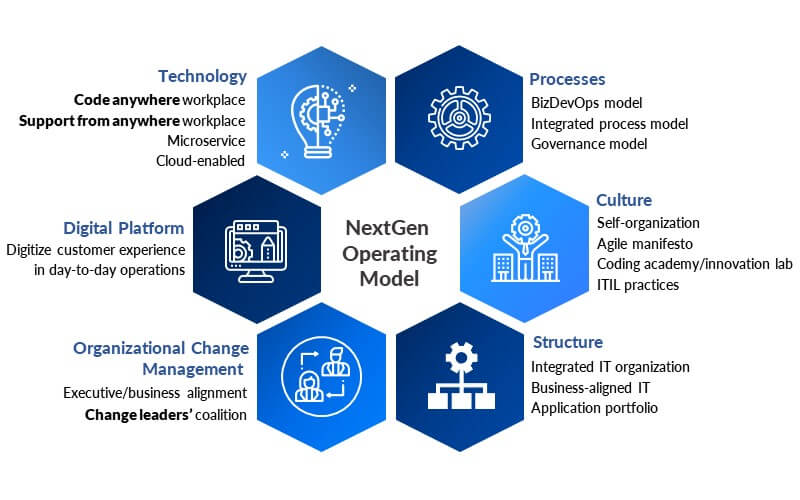
- Focus on Security and Compliance: As digital interactions increase, ensuring robust security and compliance measures becomes paramount.
Next-Gen Applications should incorporate strong security protocols, encryption, and access controls to protect sensitive data and maintain customer trust. Compliance with industry regulations, such as GDPR and CCPA, is essential for maintaining data privacy and meeting legal requirements.
Conclusion
The evolution of Next-Generation Applications, guided by trends like AI integration, IoT connectivity, and cloud computing, reflects the continuous advancements in technology and the increasing importance of data-driven insights, automation, and scalability.
In the new normal, these applications play a vital role in remote collaboration, data-driven decision-making, customer engagement, process automation, and ensuring security and compliance.
Enterprises that embrace Next-Generation Applications navigate the new normal with agility, innovation, and resilience, driving growth and efficiency.
In conclusion, Next-Generation Applications empower businesses to thrive in the digital era, delivering exceptional experiences, gaining competitive advantages, and meeting evolving demands. By harnessing their power, businesses can adapt, innovate, and build a successful future.
